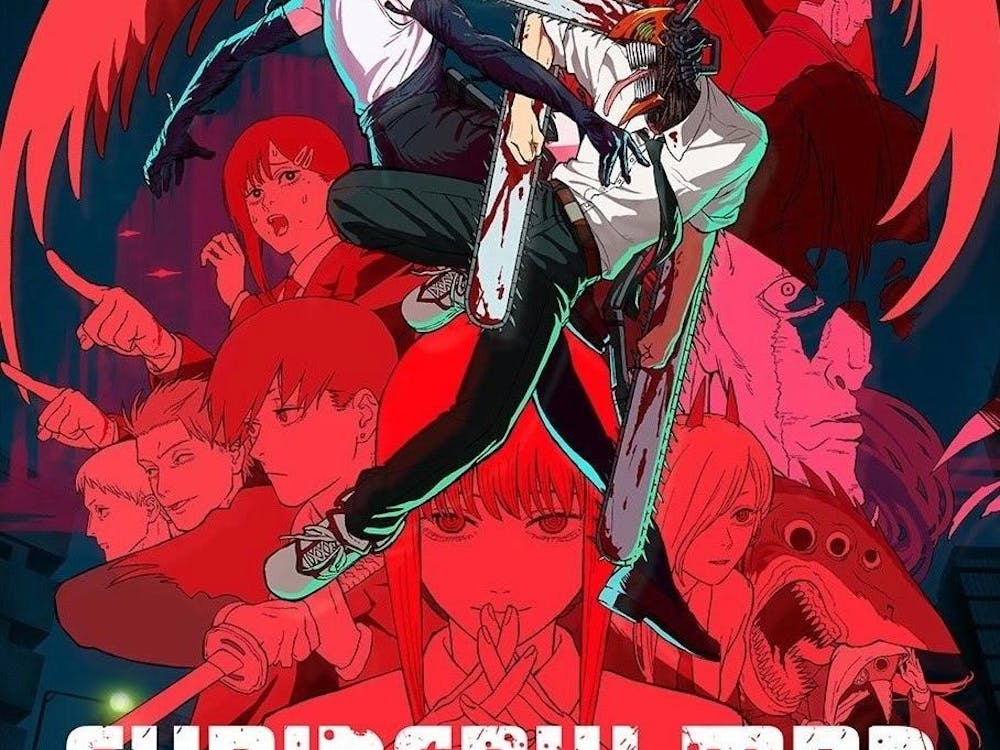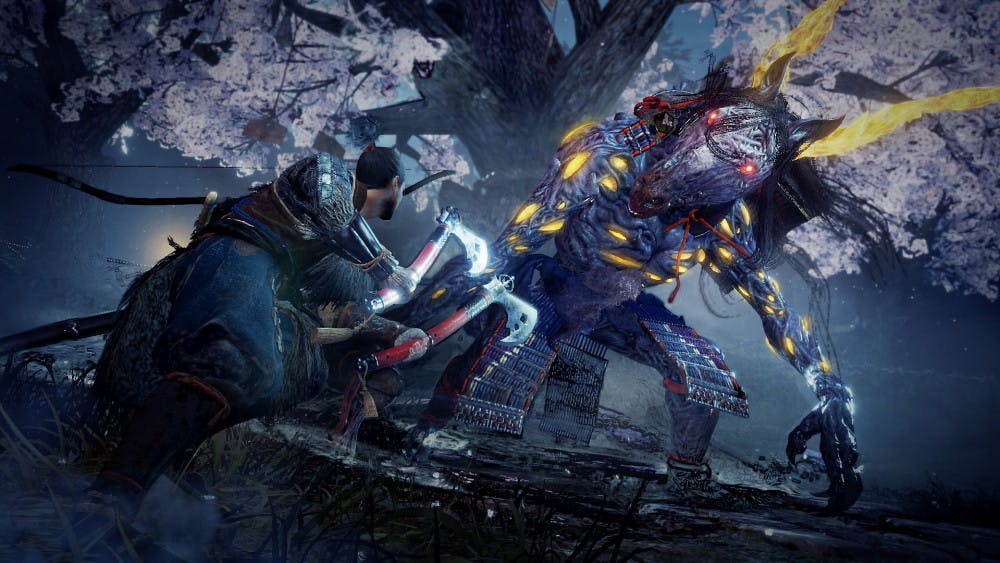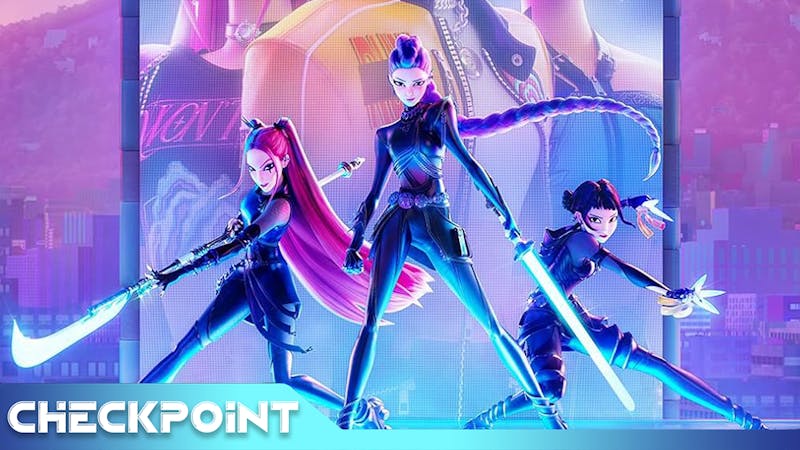by Ben Sapet
With Star Wars hopping on the Dark Souls bandwagon, and Souls series developers FromSoftware doubling down on brutal difficulty in Sekiro, the hardcore action RPG genre is all about creative variations on the formula established over a decade ago in Demon’s Souls. The first Nioh innovated with its combat stances and stamina tug-of-war battle system. Luckily, Nioh 2 improves upon its predecessor and the formula it follows—the hardcore action RPG has never felt as good as does in Nioh 2.
Half-demon hero
A prequel to the first Nioh, Nioh 2 casts you as Hide, a half-Yokai shiftling on a mythology-infused trek through the major historical events of Sengoku-era Japan. On your quest to help the feudal lord Oda Nobunaga unfiy Japan, you and your perpetually bumbling partner, Tokichiro, assemble a ragtag team of Yokai hunters, Jason Momoa fish men, and animal guardian spirits.

The first Nioh felt distinctly off balance—the Yokai sweep the floor with the main character, William, who relies on narrow attack windows and guardian spirit abilities. In Nioh 2, however, the new Yokai abilities turn combat into a power trip. The game is still challenging but, in a rare twist, you feel just as deadly as the demons and warriors you cut down.
The “burst counter” ability lets you use your demon form to break enemy combos by deflecting certain attacks and dealing massive stamina damage in return. Yokai also have a chance to drop Soul Cores, which you can equip to use enemies’ signature abilities against them.
These new abilities, along with new skills and weapon varieties (including my favorite, the switchglaive), give combat an amazing sense of momentum, grace, and savagery—all befitting a demon samurai.
The new combat mechanics make every encounter in Nioh 2 exciting. Part of this genre’s schtick is slogging through the same areas dozens of times, but the combat in Nioh 2 is so fun it never feels like drudgery to fight through areas again and again.
A hardcore action RPG for newbies and devotees alike
Nioh 2 takes a refreshing approach to difficulty compared to other games in the genre. The game still offers a steep challenge, but newly viable ranged weapons, magic buffs/debuffs, Yokai forms, and expanded co-op can mitigate some of the challenge for players looking to test the waters of hardcore action RPGs. This new freedom gives Nioh 2 a low skill floor and a very high skill ceiling. In that sense, the difficulty depends on your masochism.
This newfound accessibility makes Nioh 2 deeply rewarding for both the inexperienced players who manage to overcome the game’s challenges and the longtime genre fans who get the thrill of mastering the excellent combat system.
Bland underpinnings
Despite Nioh 2’s much improved story and gameplay, the two sides suffer from an unfortunate divide. Gorgeous, compelling cutscenes advance the story after each mission but, beyond carrying the mood and tone, the missions themselves don’t feel connected to the story being told.

The missions tend to follow a straightforward, but sometimes tedious, pattern of exploring an area until you reach and beat stage’s the boss, then watching a cutscene to understand the significance of the mission. With the individual quality of both the gameplay and the story, it’s disappointing that storytelling of the cutscenes doesn’t carry through to the levels themselves.
The levels in Nioh 2 are simple and clean, if a little bland. Enemy placements are fair and shortcuts to shrines are helpful and efficient. The level design makes the gameplay shine with fun verticality, rewarding exploration, and satisfying arenas, but misses the mark in creating memorable, exciting locales. Nioh 2 feels like it takes place in insular video-gamey levels, rather than parts of a world filled with character and mystery.
Featured Image: PlayStation
Images: PlayStation



















